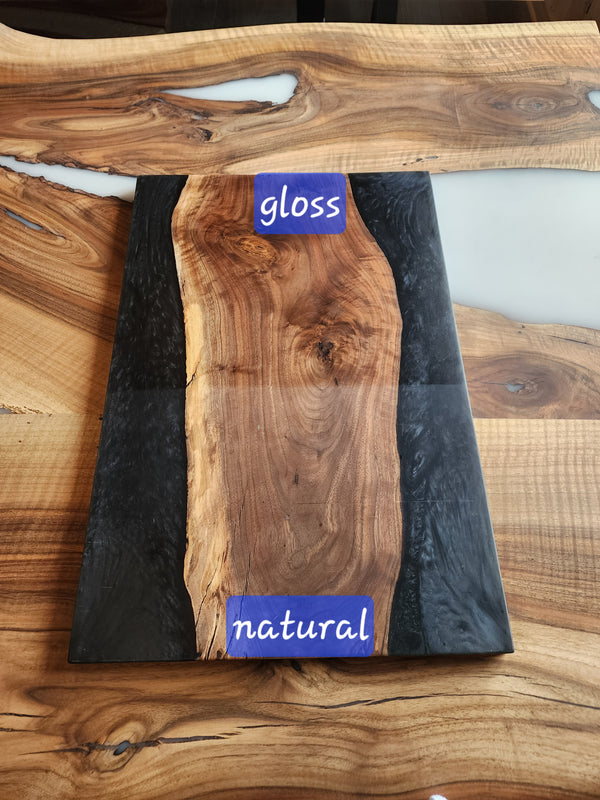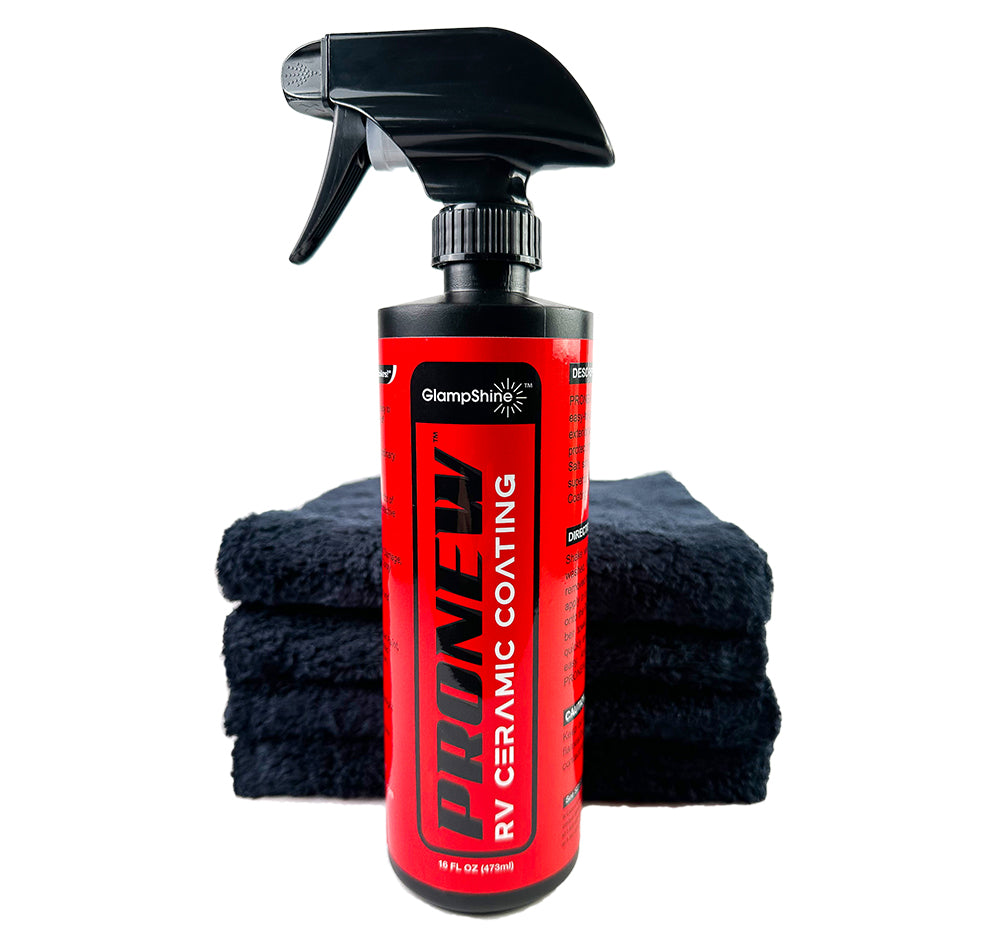Frequently Asked Questions Concerning Ceramic Coating Philadelphia Provider Answered
Frequently Asked Questions Concerning Ceramic Coating Philadelphia Provider Answered
Blog Article
Why Ceramic Covering Is the Ultimate Service for a Perfect Finish
Ceramic covering has emerged as a leading remedy for those seeking a remarkable surface for their cars, thanks to its amazing resilience and protective attributes. This innovative liquid polymer not only bonds flawlessly with factory paint but likewise uses a formidable barrier against usual hazards such as scratches, UV rays, and environmental toxins. Additionally, its hydrophobic properties simplify maintenance while boosting visual allure. However, comprehending how this technology compares to traditional techniques and discovering its application nuances can reveal even more concerning its value. What aspects truly set ceramic finish apart?
What Is Ceramic Finish?

When used correctly, ceramic finishing develops a hydrophobic surface that pushes back water and dust, making it easier to clean up and keep. Unlike standard waxes or sealers, which normally supply temporary defense, ceramic finishes can last for a number of years, relying on the product high quality and application approach. The procedure of using ceramic coating needs careful prep work, including comprehensive cleaning and in some cases paint adjustment, to guarantee optimal bonding and effectiveness.
Ceramic coatings are not restricted to auto surface areas; they can also be used on numerous products, consisting of glass, steel, and plastics, offering a versatile option for enhancing security. Overall, ceramic finish stands for a substantial improvement in surface security technology, combining both visual and functional benefits for a variety of applications.
Advantages of Ceramic Layer
While numerous surface protection options exist, the benefits of ceramic layer stand apart due to its special residential or commercial properties and resilient performance. One of the main benefits is its outstanding toughness. Ceramic Coating Philadelphia. Unlike typical wax or sealants that call for frequent reapplication, ceramic coverings offer a resistant layer that can last for several years, significantly reducing maintenance initiatives
One more remarkable benefit is enhanced protection versus ecological pollutants. Ceramic finishes create a hydrophobic surface that fends off water, dust, and numerous contaminants, making it easier to clean. This attribute not only protects the car's look yet also lessens the threat of rust and oxidation, especially in severe climate condition.
In addition, ceramic coverings supply premium resistance to UV rays, avoiding fading and degradation of paint with time. This UV defense is vital for keeping the aesthetic worth of surfaces and automobiles exposed to guide sunlight.
Additionally, the shiny coating attained with ceramic finishing enhances the overall aesthetic appeal, providing surfaces a showroom-quality luster. In general, ceramic layers represent a substantial improvement in surface defense modern technology, offering long-lasting benefits that deal with both visual and useful requirements.
How It Works
Recognizing the scientific research behind ceramic layers exposes just how they offer such impressive security and long life. At its core, a ceramic covering is a fluid polymer that chemically bonds with the automobile's manufacturing facility paint. This bonding produces a safety layer that is both oleophobic and hydrophobic, repelling water, dust, and oil. The key part of most ceramic finishes is silicon dioxide (SiO2), which is stemmed from quartz. This substance adds to the coating's firmness and resistance to scrapes, UV rays, and ecological impurities.
The application procedure includes several actions, including surface area prep work, which is crucial to accomplishing optimum adhesion. When applied, the coating undergoes a curing procedure, during which it hardens and creates a semi-permanent bond with the paint surface. This bond is what differentiates ceramic finishings from typical waxes and sealants, offering a longer-lasting protective barrier that can sustain for several years.
In addition, the density of the covering can boost its safety high qualities, ensuring that it can hold up against severe problems. Inevitably, the science of ceramic coatings combines advanced materials with innovative application strategies to supply an unequaled degree of protection and aesthetic enhancement for cars.
Comparison With Traditional Methods
The advantages of ceramic finishings end up being especially obvious when contrasted to typical paint defense techniques such as sealers and waxes. While waxes offer a temporary shine, generally lasting a few weeks to a number of months, ceramic finishes provide a lasting safety layer that can withstand for numerous years. This toughness substantially decreases the regularity of reapplication, making ceramic coverings an extra economical service with time.
Additionally, traditional approaches frequently call for substantial prep work and several applications to attain a satisfying level of security. On the other hand, ceramic layers bond at a molecular degree with the car's surface, creating a durable guard against ecological contaminants like UV rays, acid rainfall, and road salts. anchor This bond improves the car's resistance to scratches and swirl marks, which are common with standard waxes and sealers.
Additionally, the hydrophobic residential or commercial properties of ceramic finishings push back water and dirt, leading to less complicated cleaning and maintenance. In contrast, wax and sealant-treated surfaces can attract gunk, requiring even more regular cleaning - Ceramic Coating Philadelphia. In general, ceramic coatings not just supply premium security but also deliver a much more enduring and aesthetically enticing surface, developing them as the preferred choice for critical automobile proprietors
Application and Upkeep Tips

Using a foam applicator, use the covering in small areas, following the maker's guidelines relating to density and overlap. Enable sufficient curing time between layers, generally 24 hours, to ensure correct bonding. After application, it is essential to avoid direct exposure to water or rough aspects for at the very least a week to allow the layer to completely cure.
In addition, using a ceramic maintenance spray can boost the finishing's hydrophobic buildings and longevity. Routine evaluations for any kind of signs of wear will certainly aid preserve the finishing's integrity and preserve that pristine surface.
Verdict
In final thought, ceramic finishing click for source emerges as a superior alternative for attaining a perfect auto surface. By forming a durable bond with factory paint, useful content ceramic finish successfully guards against scratches, UV rays, and ecological pollutants.

Report this page